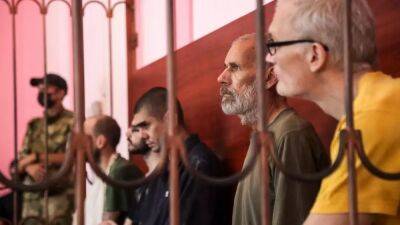How reliant is Germany – and the rest of Europe – on Russian gas?
Russia has resumed critical gas supplies to Europe through Germany, reopening the Nord Stream gas pipeline after 10 days, albeit at a lower capacity. But will this be enough to resolve the pressing energy worries of Germany and the wider continent?
Natural gas makes up about 27% of Germany’s overall energy mix. Before the start of Russia’s war in Ukraine, just over half (55%) of gas consumed in Germany was imported from Russia. Since Russia invaded Ukraine at the end of February, the German government has scrambled to source gas from elsewhere, for example by buying more natural gas from Norway or the Netherlands, or by expanding its infrastructure for importing liquefied natural gas (LNG) from the US and Qatar. As of the end of June, Germany is only reliant on Russian imports for about a quarter of its gas needs.
This last quarter, however, is required in areas where Germany is particularly vulnerable: to heat private homes and to power the industry of the EU’s largest economy. In both of those areas, gas is the single largest source of energy, at about 37% of the overall mix.
Currently, very little gas is flowing from Russia to Germany through any of the three pipelines that connect the two countries. The Russian state-owned gas giant Gazprom in May ceased deliveries through the Yamal pipeline passing through Belarus and Poland, while the Ukraine-transiting Transgas, an extension of the Soyuz pipeline from Russia, is prioritising deliveries to Slovakia and Austria. Germany’s most important pipeline, Nord Stream 1, used to carry up to 170m cubic metres of gas a day. But in mid-June Gazprom reduced its deliveries to about 40m cubic metres a day, citing the delayed “repair” of a turbine by the German company Siemens.
On 11
Read more on theguardian.com





![Monero [XMR]: Every detail you need to know about latest hard fork - ambcrypto.com](https://finance-news.co/storage/thumbs_400/img/2022/8/16/37295_e1ytg.jpg)


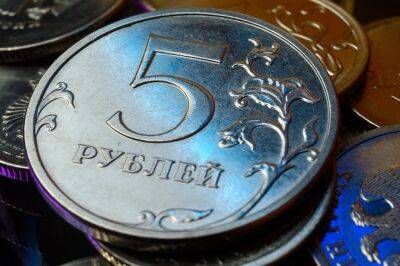


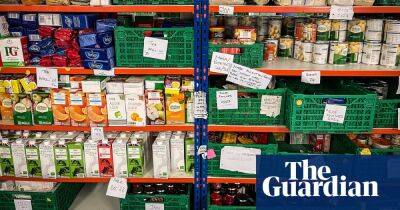
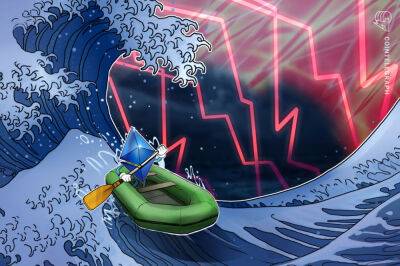



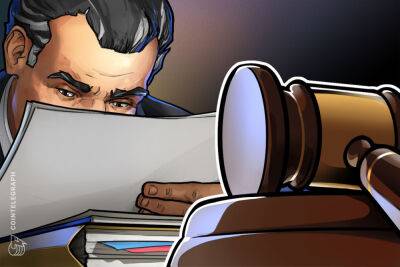
![Bonjour Shiba Inu [SHIB] holders, you should be on cloud nine because… - ambcrypto.com - city Santiment](https://finance-news.co/storage/thumbs_400/img/2022/8/16/37281_uyxyq.jpg)
